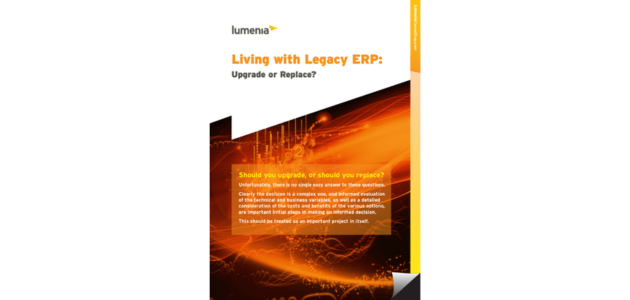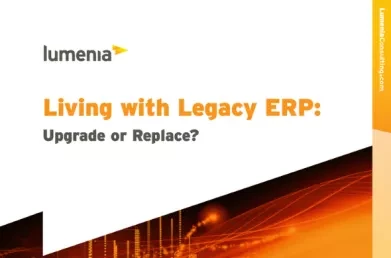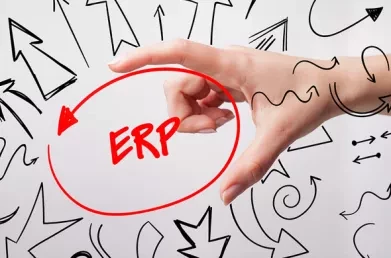Living with Legacy ERP: Upgrade or Replace?
Over the years most ERP solutions have punctuated periods of incremental evolution with significant architectural changes or major releases. Some vendors delivered major new releases every two years or so. Others, with more functionally mature offerings, tended to limit these big jumps to every five to ten years. These major releases might involve integrating functionality or modules from new acquisitions or fundamental changes to architecture or user interface. Architectural changes were often about re-platforming or migrating existing functional capabilities to keep up with modern technology trends.
Click Play for a 50 second video summary of this blog Living with Legacy ERP: Upgrade or Replace?
In recent years, this trend has been quite visible with the various solutions that pre-existed cloud computing migrating to cloud-enabled or “cloud-native” platforms. We saw it with Oracle over the past decade as they moved functionality from eBusiness Suite and other applications to their (Fusion) Cloud. The same with SAP’s S/4HANA, Microsoft’s Dynamics 365 and Infor’s various CloudSuites, to name just a few of the most high-profile examples. More recently IFS and Unit4 have also had major ‘rearchitected for the cloud’ product releases.
In theory, major upgrades should be a thing of the past as many of these new cloud versions run on an “evergreen” model, with frequent release cycles and all users upgrading together or within a defined and limited period. It will take a few years to see if the industry lives up to this promise in practice. That promise is well and good if you have implemented one of these newer cloud versions, but what if you or running Microsoft Dynamics AX 2012, SAP ECC6, Oracle eBusiness Suite or a range of other previous generation versions of market-leading ERP solutions? Should you upgrade, or should you replace?
Clearly the decision is a complex one, and may have different outcomes depending on the business environment, the age of the system being upgraded, the level of customisation and the nature of the newer version available. A structured and informed evaluation of the technical and business variables, as well as a detailed consideration of the costs and benefits of the various options, are important initial steps in making an informed decision. This should be treated as an important project in itself.
Read Lumenia’s latest white paper on the subject to understand some of the reasons why and how to arrive at a decision, Living with Legacy ERP: Upgrade or Replace?
This blog was written by Ian O'Toole, Managing Partner at Lumenia. For further information please send an email to Ian O'Toole


